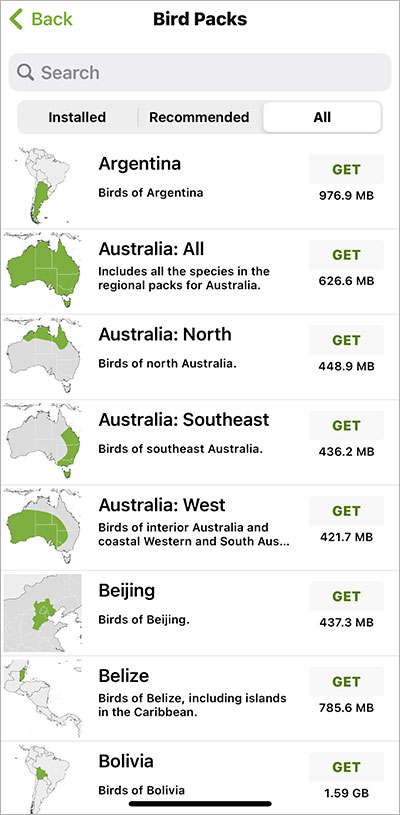
This month’s photo is a mystery for your students to solve. It’s actually an anhinga drying its wings because it swims underwater to find food. Unlike other bird species, its wings become waterlogged so it can stay underwater completely and for longer than most other birds. However, when it comes back out of the water, it is unable to fly very well until it allows its wings to dry. That’s why they are often seen with wings spread, back to the sun.
We’ve made a special page with the photo for your students at: https://fcit.usf.edu/project/what-bird-am-i/ This page has the photo, but not the explanation above. Instead the text consists of just three questions:
- What bird am I?
- What am I doing?
- Why do I do this so often?
Depending on the age and experience of your students, you may want to give them some hints or direction. They’ll be able to find many websites that will help with identification. If you want to give them a hint, you can tell them the photo was taken in Florida, USA—or even more specifically, you can tell them the bird was in the Big Cypress National Preserve. Depending on the types of devices students have access to, they might also be able to download and use a phone or tablet app to help with the identification.
I tried using Cornell University’s free Merlin app and it correctly identified the bird and offered additional information to help answer the questions above. While it might seem like overkill to download an app just to identify a single photo, the experience of using the app may well lead to an interest in identification of other birds in the students’ region, or perhaps you’d like to design other class activities using the app. If you want to find other bird photos for your students to identify, the ClipPix ETC website includes over 1,200 bird photos available for classroom use.
The Merlin app is free. The only cost is the time to download and the space it takes up on the device. Since we have readers from all over the world, I also wanted to mention that “bird packs” from many different regions can be added to Merlin. The adjacent image shows just the packs beginning with A and B.
Happy bird-watching!

Roy Winkelman is a 40+ year veteran teacher of students from every level kindergarten through graduate school. As the former Director of FCIT, he began the Center's focus on providing students with rich content collections from which to build their understanding. When not glued to his keyboard, Dr. Winkelman can usually be found puttering around his tomato garden in Pittsburgh. Questions about this post or suggestions for a future topic? Email me at winkelma@usf.edu. To ensure that your email is not blocked, please do not change the subject line. Thank you!
FCIT Newsletter
Each month FCIT publishes a newsletter with short articles on teaching and learning with technology, using digital content in the classroom, and technology integration. Subscribe today! The subscription form will open in a new window. When you have subscribed, you can close the new window to return to this page.
